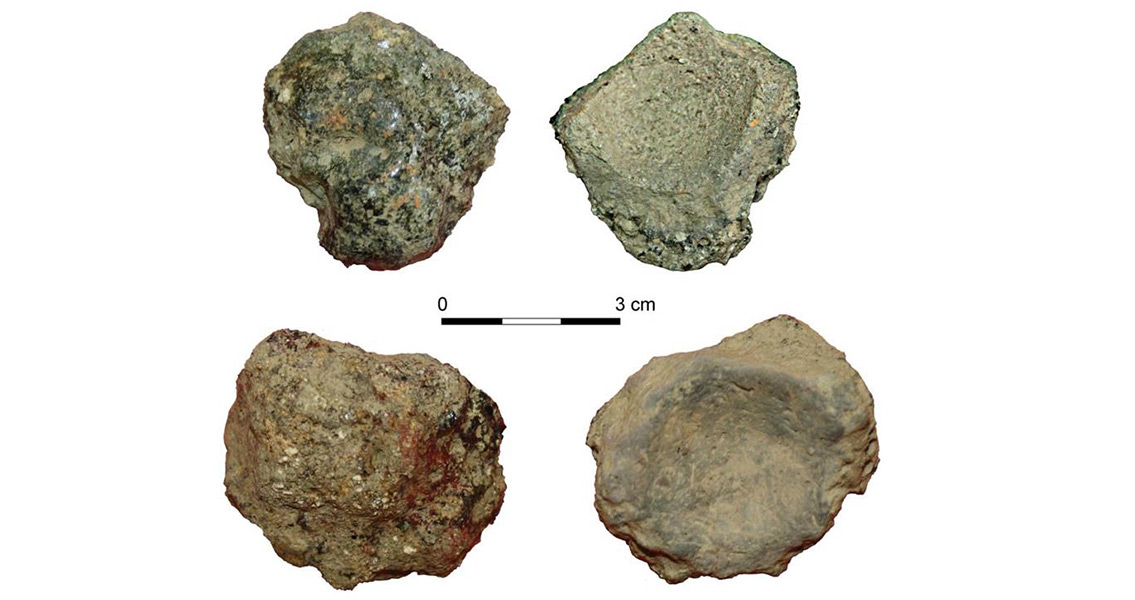<![CDATA[Evidence of a glass workshop which operated approximately two thousand years ago, making it among the oldest of its kind in Poland, has been discovered by researchers on Mount Grojec, located in Zywiec, Poland. Cracked glass beads, glass teardrops and fragments of melted glass were unearthed along with the remains of the glass workshop. It was previously believed that this type of glass production flourished only in the Middle Ages, and very little evidence of glass production exists within this Polish territory, making the findings that much more important. Now heavily forested, Mount Grojec is a popular destination for the residents of Zywiec as well as a number of tourists. The mountain is centrally located in the Zywiec Valley, offering a terrific view of the surrounding area. This is likely the reason behind the establishment of a settlement here some two and a half thousand years ago. Research suggests the slopes of the mountain were inhabited by people from around the fifth and sixth centuries BCE until the 1st century CE, as evidenced by the characteristics of the objects found there. Archeologists have discovered the remnants of economic activity, including a number of furnaces, some of which may have been used for processing glass and metal. Half-processed material, in the form of metal bars or raw glass would have been delivered to the site to be finished into their final shapes. Along with the furnaces, researchers have also found slag glass, heavily melted lumps of glass, pieces of raw glass and glass “tears”, all of which are types of waste product produced by a glass workshop. The waste products, along with the finished products that were found, including blue-purple beads and other cracked pieces, demonstrate the complete cycle of the ancient glass making process. Further evidence that the site included a functioning workshop is the discovery of a large cistern which had been dug close by, water being a necessary element for metalworking. Crucibles, used to melt bronze, and stone grinders used to shape the objects, were also unearthed. Further analysis is needed to confirm that these objects were used to produce glass beads as well. Archaeologists also found several houses at the site, but who these people were remains unknown. It’s likely they were influenced by the Celtic tribes who knew how to process glass, however, the people who lived on Mount Grojec over two thousand years ago are believed to have been a local population that seldom traveled beyond the mountain regions. The research team is planning on conducting expert analysis on the raw glass material to determine its origin, it may have been imported from either the Mediterranean or from southern Europe. The original excavations at Mount Grojec took place from 2012 to 2014 under the supervision of the University of Wroclaw and the Municipal Museum located in Zywiec. The results are scheduled to be published as part of the "Archäologische Forschungen in Niederösterreich" series. Featured Image: Crucibles discovered during excavations, courtesy of T. Gralak]]>
Two-Thousand-Year-Old Glass Workshop Discovered in Poland
